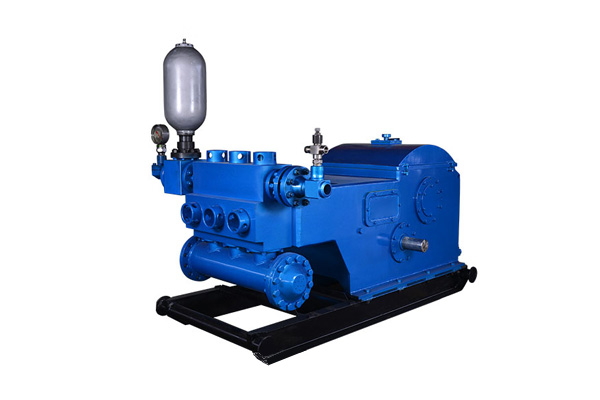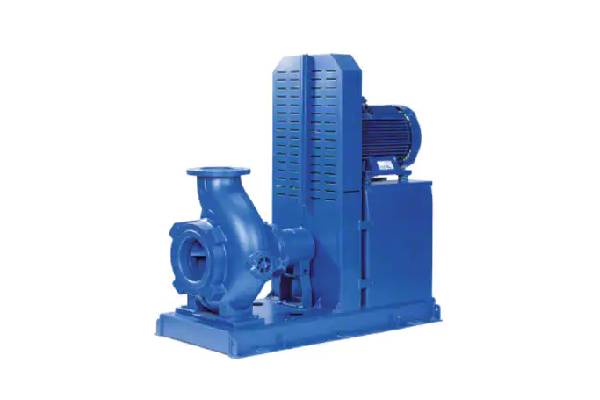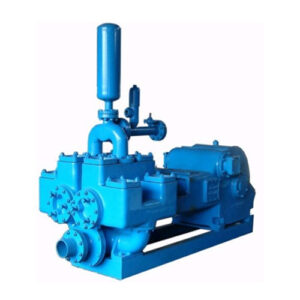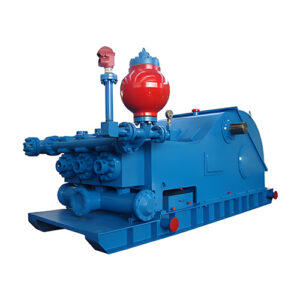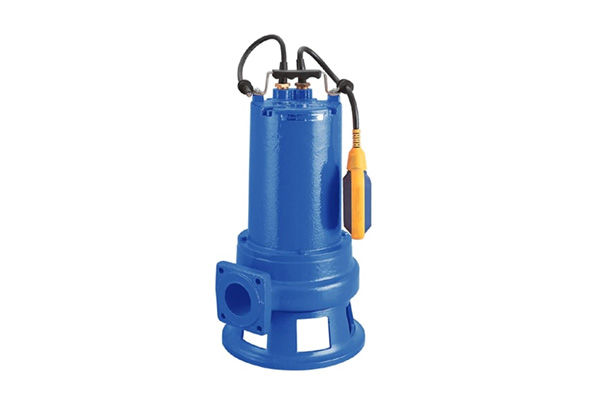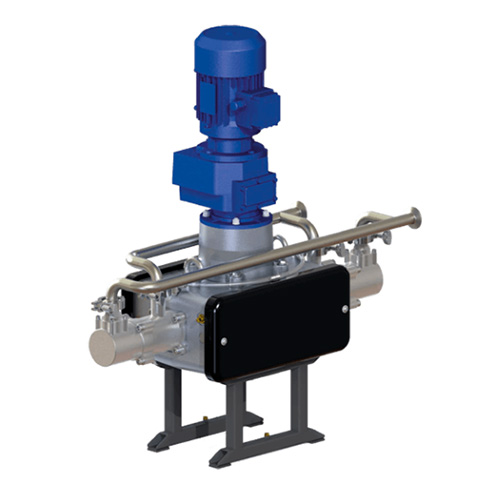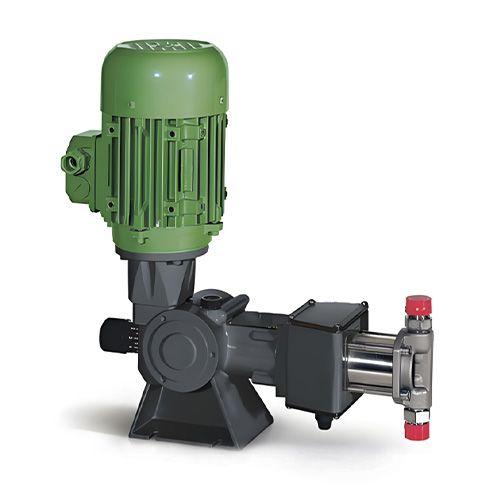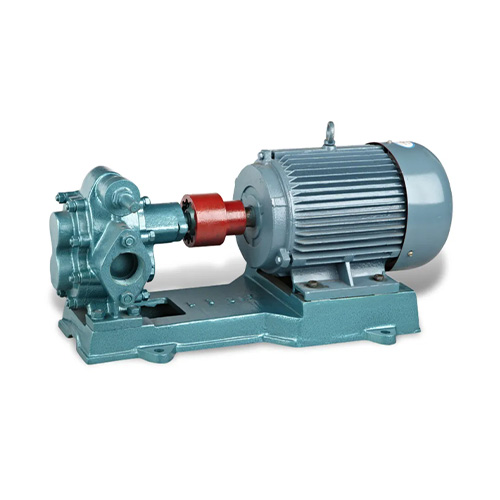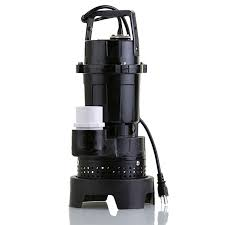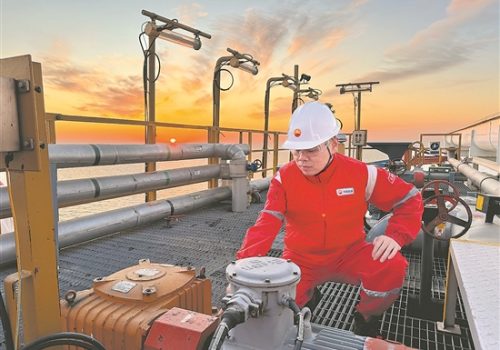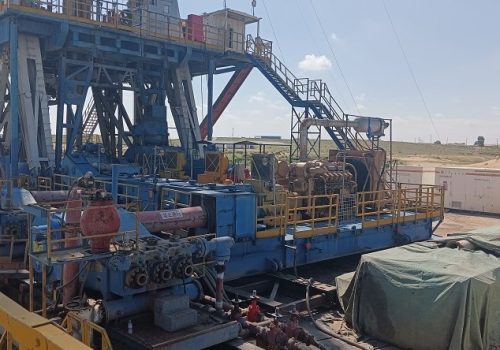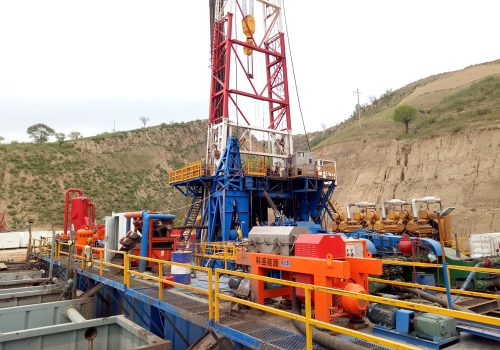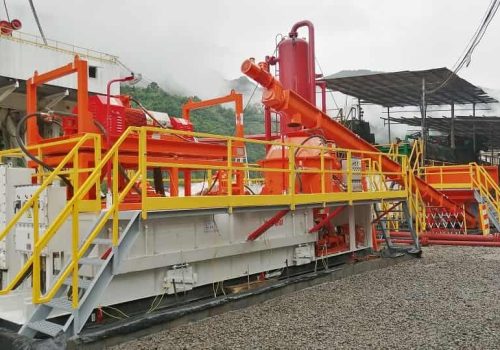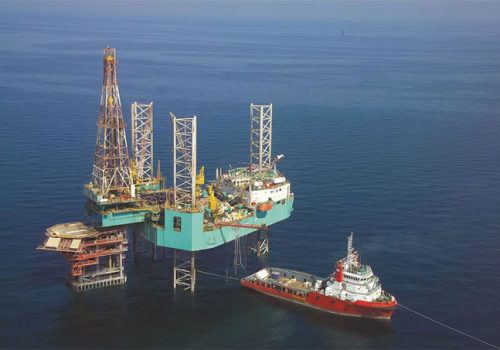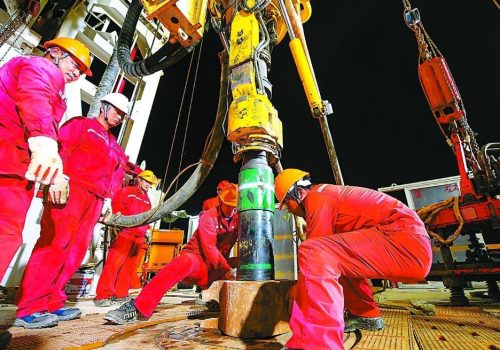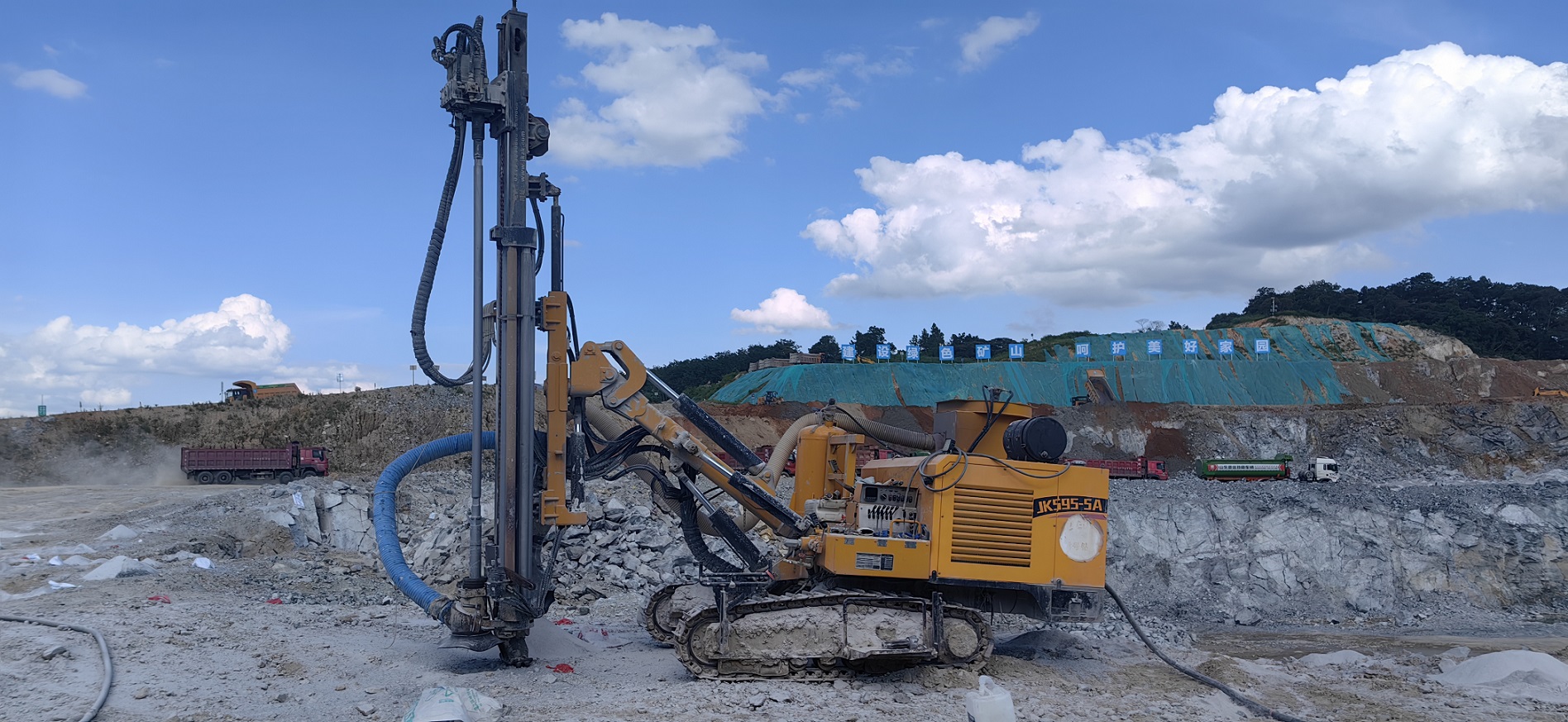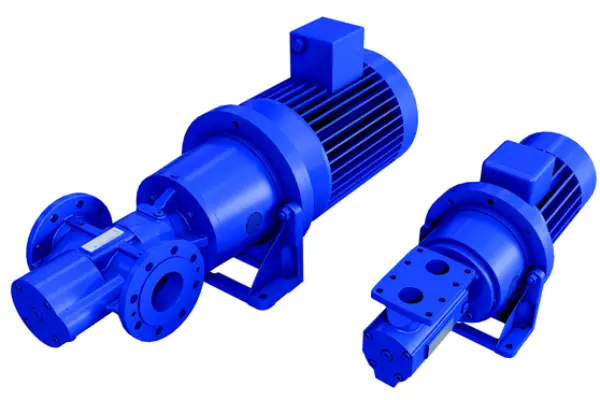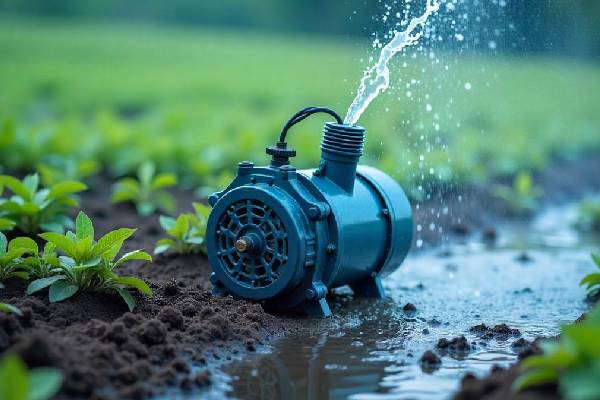Modern ships are more than just floating containers—they’re self-sustaining cities at sea. Behind the propulsion, navigation, and luxurious amenities lies a hidden but critical system: the shipboard electrical power system. It’s not an exaggeration to call it the “power plant of the ship”—because without it, everything stops.
From radar screens to coffee machines, thrusters to engine controls, it’s the electrical system that makes life and operations onboard possible.
⚡ Where Does the Power Come From?
Unlike land-based power grids, ships rely on onboard generation. The main sources include:
1. Diesel Generators (Gensets)
- The most common power source.
- Convert diesel fuel into electricity via an alternator.
- Large ships have multiple generators running in parallel for redundancy.
2. Shaft Generators
- Driven directly by the main propulsion engine.
- Provide electricity while the ship is moving, improving fuel economy.
3. Battery and Hybrid Systems
- Used in electric or hybrid vessels.
- Ideal for low-emission zones and port operations.
4. Alternative Energy (Solar, Wind, Fuel Cells)
- Emerging technologies used for auxiliary power or sustainability goals.
⚙️ How Is Power Distributed?
Once generated, power must be distributed safely and efficiently throughout the vessel. Key components include:
- Main Switchboard: The central control for all power systems, like the ship’s electrical brain.
- Distribution Panels: Deliver electricity to specific areas (bridge, engine room, cabins).
- Circuit Breakers and Relays: Prevent overloads and ensure safety.
Electrical distribution can be AC (alternating current) or DC (direct current), depending on the ship’s configuration and energy demands.
🛠️ What Does Electricity Power?
Virtually everything:
- Navigation Systems: Radar, ECDIS, GPS, AIS
- Engine Control & Monitoring: Fuel injection, alarms, automation systems
- Communication: Radios, satellites, intercoms
- Lighting and HVAC: Comfort and safety of crew and passengers
- Cargo Handling: Cranes, conveyors, reefer containers
- Emergency Systems: Lifeboat motors, fire pumps, emergency lighting
Even a temporary blackout at sea can be dangerous—hence the need for redundancy and backup systems.
🧯 Emergency Power: When Everything Goes Dark
SOLAS regulations require all ships to have emergency power sources. These often include:
- Emergency Generators: Usually located away from the engine room.
- UPS (Uninterruptible Power Supply): Keeps critical systems running until backup starts.
- Battery Banks: Instant power for lights, radios, alarms.
These systems ensure that life-saving and navigational systems remain active in crisis situations.
📡 The Role of Automation and Smart Grids
Just like smart homes, ships now feature intelligent electrical management systems:
- Load Sharing: Automatically balances power demands.
- Remote Monitoring: Tracks performance and diagnostics from shore.
- Energy Optimization Software: Reduces fuel use and emissions by managing generators efficiently.
Some vessels now use digital twin technology to simulate and optimize onboard power systems in real time.
🌱 Green Energy at Sea
As the maritime industry pushes for decarbonization, ship electrical systems are evolving:
- Hybrid propulsion reduces dependency on fossil fuels.
- Battery-only ferries are already in operation in Scandinavia.
- Cold ironing (shore power) allows ships to plug into land-based power in ports, cutting emissions to zero while docked.
In the near future, we’ll likely see fully electric container ships, using renewable energy and AI-driven power management.
🔍 Conclusion
A ship’s electrical system is more than a convenience—it’s a lifeline. From powering vital navigation equipment to ensuring daily comfort for the crew, it forms the invisible infrastructure of every voyage. As technology advances, the shipboard power plant is becoming smarter, greener, and more resilient—steering the shipping industry toward a cleaner, more connected future.

